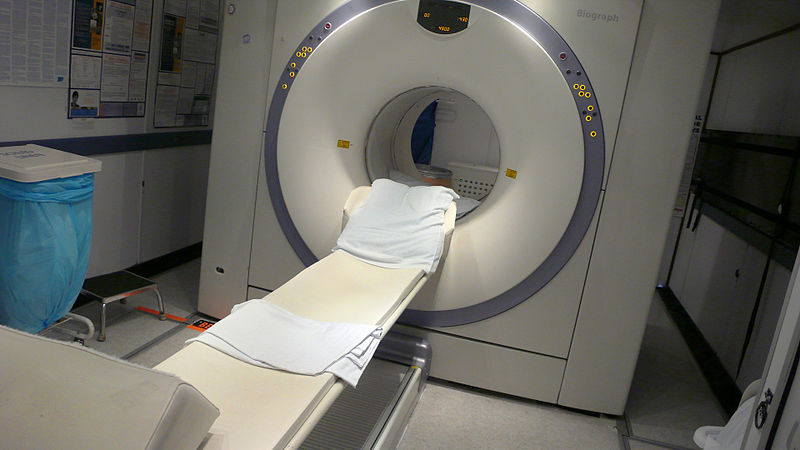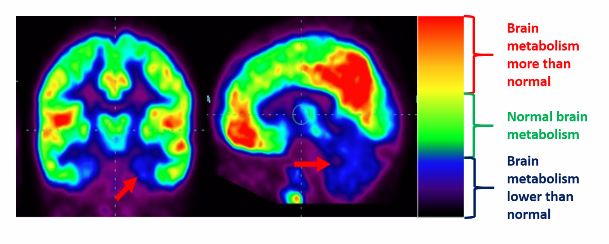Autism is a neuro-developmental condition and the symptoms sometimes may not be evident in the early years of the child. Sometimes the late diagnosis is due to limited awareness of parents as well as denial or hesitancy in accepting their child’s problems. It is important that the parents are alert and aware of child’s behavior and if they spot anything that raises suspicion, they should immediately consult the professionals.
Diagnosis of Autism is done by a multidisciplinary team. Multidisciplinary team is a team of different professionals that look different aspects of child’s development and therefore can provide a more accurate diagnosis.
Professionals involved in diagnosing Autism
Psychiatrist | Pediatric neurologists |
Child Psychologist | Occupational Therapist |
Development Pediatrican | Speech and Language Pathologist |
This team carries out several assessments and tests, which pinpoint the exact areas in which the child has a problem. There are several tests that can be used for screening and diagnosis of autism. Screening of Autism involves identification of early signs and symptoms of Autism during regular visits to the pediatrician and appropriate referrals for details diagnostic evaluation. Diagnostic evaluation is more detailed and involves not only tests but other investigations. Some of the common tests used for screening and diagnosis are Childhood Autism Rating Scale (CARS), Autism Behaviour Checklist (ABC), Autism Spectrum Rating scale (ASRS), Autism Diagnostic Observation Schedule (ADOS) and Indian Scale for Assessment of Autism (ISAA). The criteria used for diagnosing autism by Psychologists is the fifth diagnostic and statistical manual for psychiatric disorders (DSM-V). For detailed DSM-V criteria click here
This assessment will aid in establishing a diagnosis as well as severity of ASD. These details will help to formulate a focused personalized treatment plan for your child.
Prior to diagnosis based on clinical observations and standardized assessment tools, you may be requested to perform one or more of the following investigative procedures for your child. These will help in ruling out other possible problems.
Neuro-imaging studies
Magnetic Resonance Imaging (MRI)
Magnetic Resonance Imaging scan of the brain reveals the structure of the brain and distribution of various tissues in the brain. Therefore, it can spot any structural abnormality including brain malformations, non-formation of any of the brains parts, presence of tumors, abnormal accumulation of the fluid in the brain etc.
Before the test:
Your child may be required to be fasting before the test, therefore consult your doctor for the same. Your child may be sedated during the test to avoid any body movements as the movements interfere with the quality of imaging. Sedation is process of administering special medicines that make him/her fall asleep. The test is conducted in the magnetic field and therefore make sure that your child is wearing no objects or clothes containing metal. If there are any metallic implants in the body, consult with your doctor for the same.
During the test:
Once the child is sedated he / she will be taken in the special room where for scanning. You may or may not be allowed to accompany the child. It may take up- to 30 – 45 mins for the scanning. The test is not painful and there are no side effects.
After the test:
Care should be taken when the effect of sedation is wearing off. There are no special instructions to be followed once the child is awake.
How to interpret the results:
The results will be given to you in two forms, first a print of the films and a CD containing the entire MRI study and second an interpretation and report by a radiologist after having analyzed the study. In most of the cases of Autism the MRI of the brain may be near normal. Therefore you may be advised to do functional neuroimaging

A typical MRI Machine: It is a non- invasive method which uses a powerful magnetic field and radio frequency impulses. A computer is used to produce detailed images of internal structures like bones, soft tissue, organs, etc.
Image courtesy: Flickr




